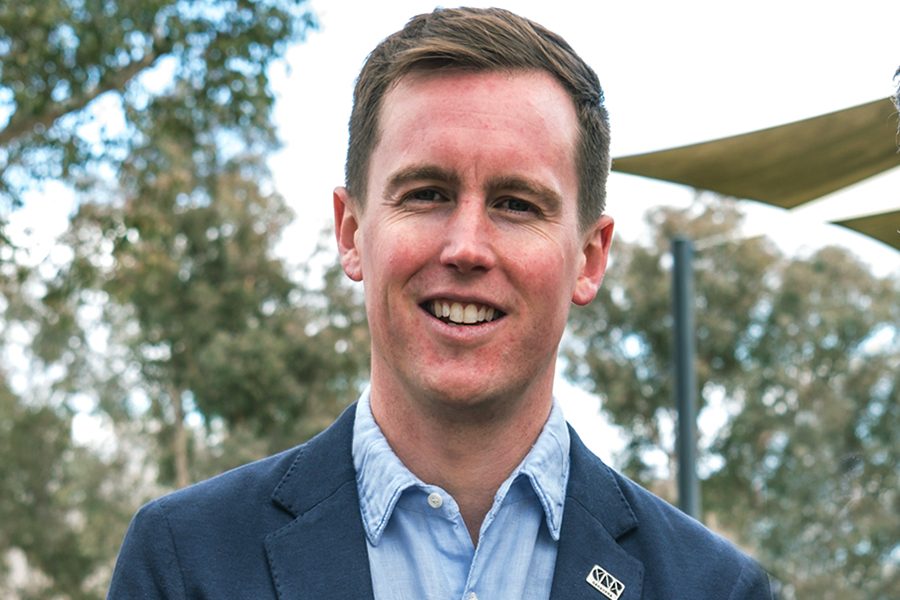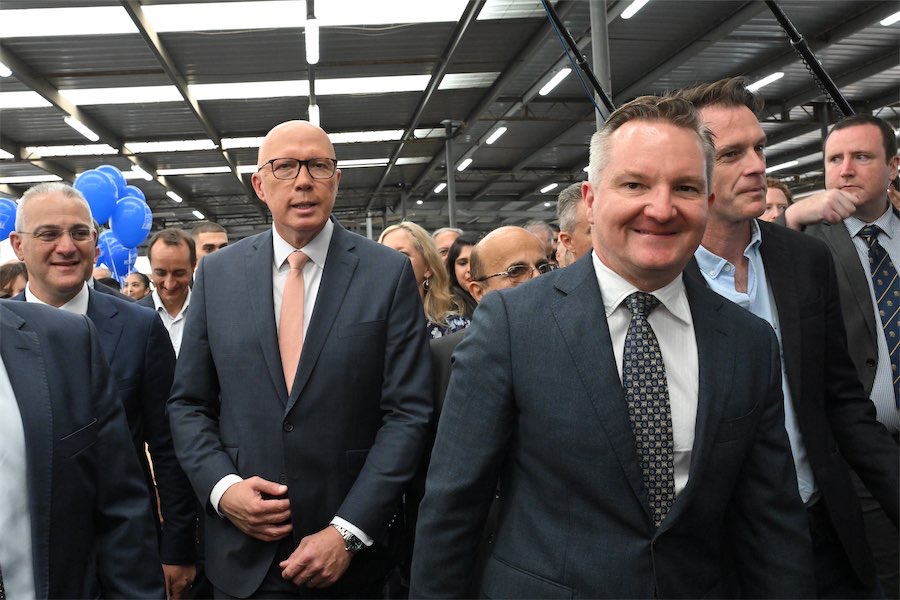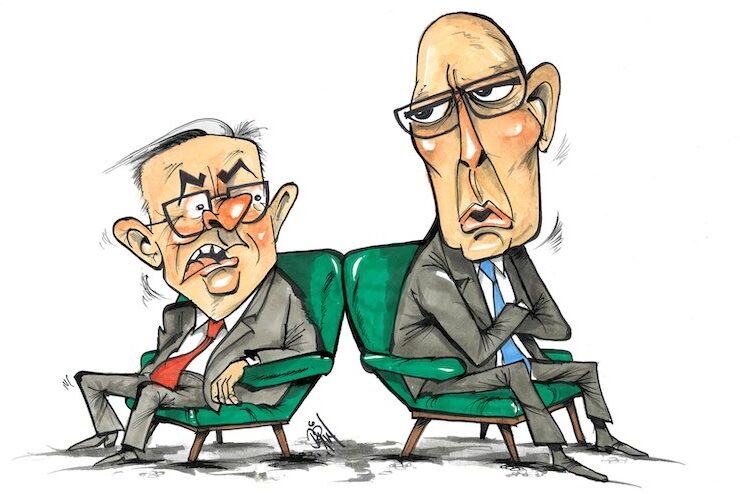
“The government’s approach is to keep the noise going and ignore any criticism. Keep the focus on a side issue rather than the fundamentals. Light rail is the side issue. The state of the ACT budget is the real concern,” writes MICHAEL MOORE.
Light rail is steaming ahead according to a joint media release of federal and ACT Labor politicians.

The next section to Lake Burley Griffin has just been launched at a cost of $577 million for three tram stops. This is in addition to the expenditure of $81.5 million to raise London Circuit.
Also steaming ahead is the level of ACT borrowings. The budget review a few weeks ago revealed an unsustainable debt that is growing at 15 per cent each year. On current projections this jurisdiction will be paying interest on a $12.8 billion debt by the next election in 2028.
Taking a lesson from Trump’s handbook, the government’s approach is to keep the noise going and ignore any criticism. Keep the focus on a side issue rather than the fundamentals. The light rail is the side issue. The state of the ACT budget is the real concern.
Should the light rail proceed? Light Rail was a key issue in the October election and Labor was returned to government. However, it is not a question of whether the tram is a good idea, but rather can we afford it? The good news for Canberrans is that the federal government is contributing $344 million to stage 2a.
Local MP and member for Canberra, Alicia Payne, argues “with construction now underway on stage 2a, we are bringing light rail closer to the lake, unlocking new opportunities for housing and businesses, and ensuring our growing city has the modern, sustainable transport it needs”.
The federal finance minister and senator for the ACT, Katy Gallagher, addressed the future: “Light rail is future-proofing Canberra with a modern public transport system, connecting residential areas with employment precincts, and recreation and lifestyle hubs”.
In her role as federal finance minister, Ms Gallagher constantly reiterates the need for the government to aim for a surplus budget. Long-term indebtedness simply means that the current generation can enjoy benefits while later generations pay for them. Future-proofing is about a sustainable budget.
For capital works, such as light rail, it is reasonable for some borrowings as future generations will be enjoying the benefits for years to come. The same principle applies for building and upgrading things such as roads, schools and hospitals.
With net debt reaching $9.044 billion, it is fair to question whether the balance is in favour of either current or future generations. The ACT is looking at a projected deficit in the current year of more than a billion dollars. A billion dollars as we approach a population of 500,000.
As part of the justification to back the ideological commitment to the light rail, the first announcement for this year was the $66 million sale of land on City Hill to Capital Property Group. This does help justify the $81.5 million spent on raising London Circuit. This sort of sale will also assist in funding the stage 2b of light rail that goes over Lake Burley Griffin and on to Woden.
Income from rates received once the apartments are developed is factored into Chief Minister Andrew Barr’s thinking.
According to the ACT Transport Minister Chris Steel: “This next stage is critical to building out the network and delivering better public transport to the rest of the city”. He contends that “stage 2a is part of our wider vision of building a north-south light rail line to Woden, integrated with electric buses to our suburbs”.
Mr Steel is also the ACT treasurer. He must balance the importance of transport against reining in the growing deficit. One way is to continue increasing rates and charges on ordinary Canberrans, even though the ACT is the highest revenue-raising jurisdiction in Australia.
Just the other day I paid $47.50 to drop a single mattress at the Mitchell Transfer Station. It is just one example of the myriad ways that the ACT has been increasing revenue over the last few years. The fee for general commercial waste in 2011 increased from $117.80 per tonne to $121.90 per tonne (including GST). The cost is now $189.20 for a quarter of a tonne “or more”.
Everyone has a story about increasing charges.
Another reduction in the Standard & Poors credit rating for the ACT is possible. This would mean higher interest rates and putting Canberrans on a financial slippery slope with increasing borrowings and increasing costs of those borrowings. Can we really afford this tram?
Michael Moore is a former member of the ACT Legislative Assembly and an independent minister for health. He has been a political columnist with “CityNews” since 2006.
Who can be trusted?
In a world of spin and confusion, there’s never been a more important time to support independent journalism in Canberra.
If you trust our work online and want to enforce the power of independent voices, I invite you to make a small contribution.
Every dollar of support is invested back into our journalism to help keep citynews.com.au strong and free.
Thank you,
Ian Meikle, editor








Leave a Reply